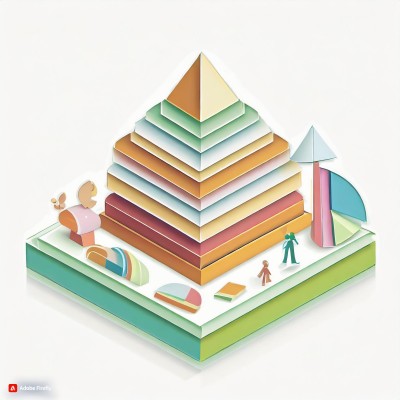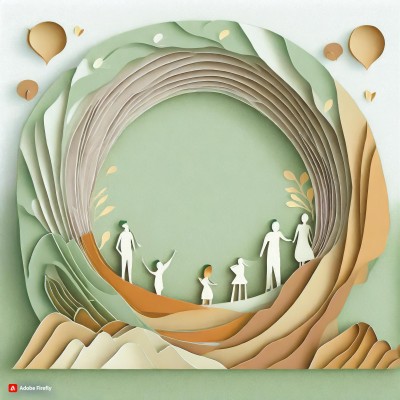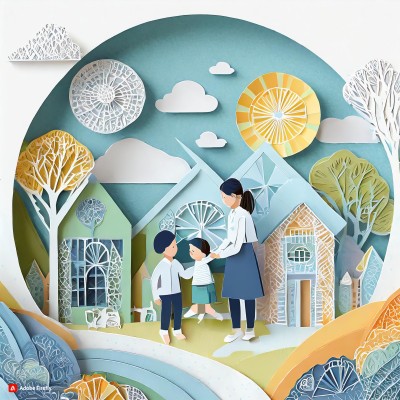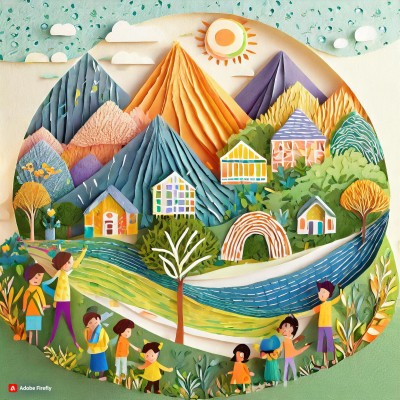Let's Find Out Where Kids Are Going to Preschool!
- Australian state preschool enrolment statistics show interesting patterns over time. The number of enrolled children in 2019 was 335,804, which decreased to 334,823 in 2020. However, the numbers increased to 339,015 in 2021, before dropping to 334,440 in 2022. By 2023, the number of enrolled children increased to 337,305.
- Most states saw a reduction in preschool enrolments by 2023, with New South Wales dropping to 24%. Queensland led the way in preschool participation in Centre-Based Day Care (CBDC) programs.
- A progressive increase in the proportion of children enrolled in more than one provider type suggests a move towards varied early childhood education that includes non-government, community, private for-profit, independent, and Catholic schools. Australian state and territory enrolments vary.
- West Australia, Tasmania, and the Northern Territory had the most children in dedicated preschools, while Queensland, New South Wales, and Victoria had the most in center-based day care preschools.
- The Aboriginal and Torres Strait Islander children's enrolment data across different regions in Australia showcases distinctive patterns in educational access and participation.
- In major cities, enrolment figures consistently surged from 2019 to 2023, with New South Wales, Victoria, and Queensland registering notable increases.
- Conversely, enrolment numbers in remote/very remote areas depicted a more varied trajectory, with fluctuations observed across the years. Notably, Western Australia and Tasmania displayed consistent enrolment figures across major cities, while Northern Territory witnessed fluctuations in enrolment figures in both major cities and remote/very remote areas.
- These trends highlight the diverse educational landscapes across regions in Australia, emphasizing the need for targeted interventions to ensure equitable access to quality education across all areas.
What Should We Consider?
Discover the array of factors parents consider when selecting the ideal preschool
to give their child the best environment for learning and having fun.
Bridging the Learning Gap
Learning gaps can impact children's progress. To bridge these gaps, consider the following strategies
Hover or tap on the circle to view the recommendation.

Play-based Learning
Play nurtures curiosity, problem-solving, and critical thinking in children, fostering a positive attitude towards learning and expanding their cognitive abilities.

Gamifying the Curriculum
Integrate educational apps, games, flash cards and interactive learning platforms into the curriculum to engage children and enhance learning outcomes.

Engaging Conversations
Engage in sustained shared conversations with children, extending their thinking and encouraging curiosity.

Building Bonds
Interact with infants and children, utilising routine times and play experiences to build secure attachments.

Family-School Partnerships
Strengthen family-school connections: positive parent-teacher ties, open dialogue, active engagement, empowering parents to aid children's learning.

Cultivating Creativity
Inspire creativity through art, music, and storytelling. Empower children to take risks and think innovatively, fostering originality and self-expression.
